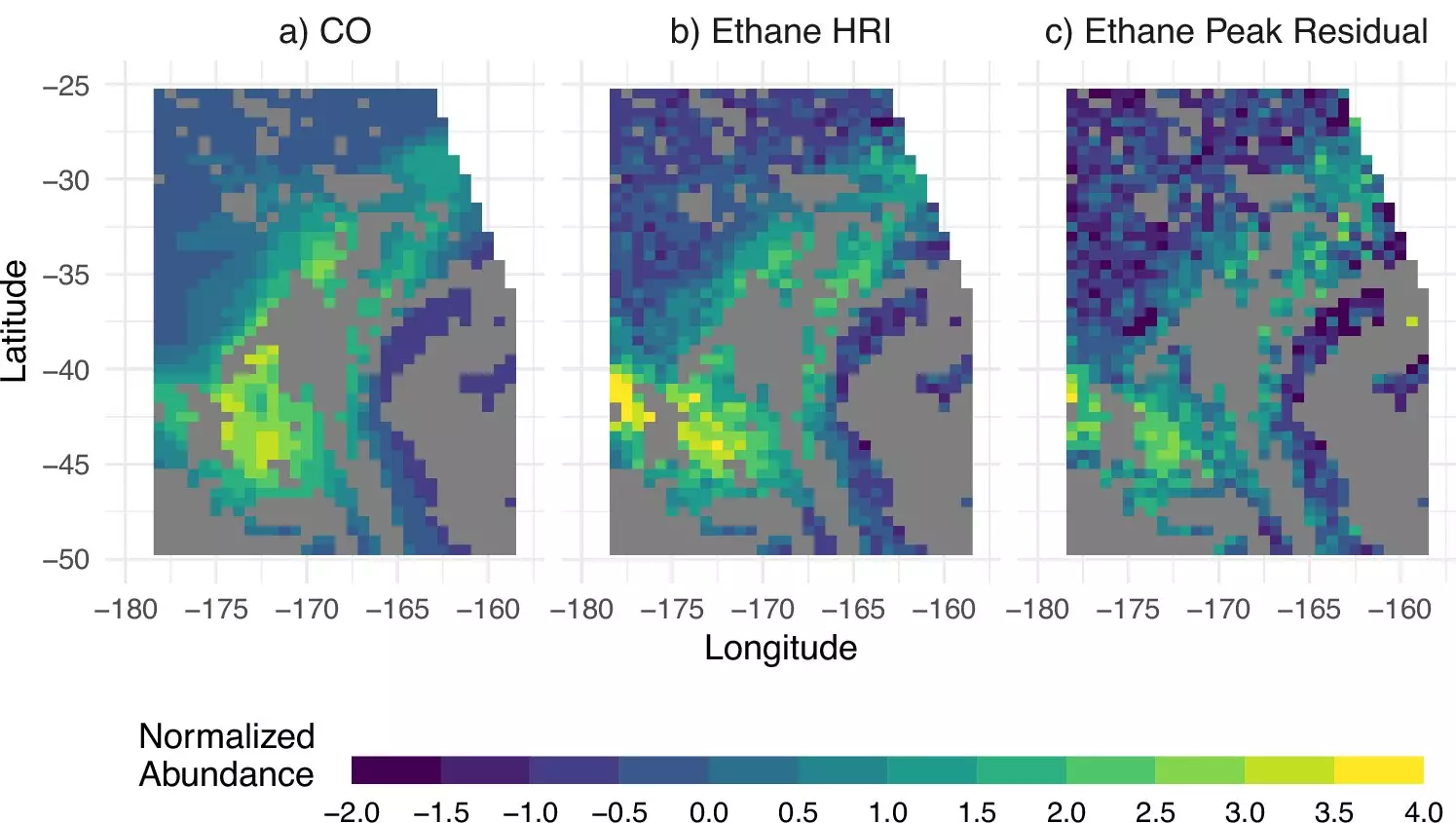University of Minnesota researchers have come up with a groundbreaking tool to measure ethane emissions from space, providing valuable insights into fossil fuel emissions globally. Ethane, a component commonly found in natural gas and used in plastics manufacturing, plays a significant role in air quality and climate change. By utilizing measurements from a satellite-based instrument, the research team was able to analyze how infrared radiation emitted by Earth penetrates the atmosphere and escapes into space. This methodology helps in quantifying the abundance of gases present in the atmosphere.
Oil and gas extraction activities are known to degrade air quality and contribute to climate warming. Accurately diagnosing and mitigating these impacts requires in-depth knowledge of the underlying emissions. However, the lack of comprehensive measurements and the presence of multiple sources of pollutants make it challenging to distinguish emissions specifically from oil and gas activities. This complexity underscores the importance of developing innovative tools and methodologies for monitoring and tracking ethane emissions.
The research team employed a machine learning algorithm to analyze satellite measurements and determine atmospheric ethane concentrations. This data was then used to create detailed maps of ethane levels in key oil and gas basins worldwide. A notable finding was the Permian Basin in western Texas and southeastern New Mexico, which exhibited the highest persistent ethane signals globally. Surprisingly, this single basin accounted for a significant 4-7% of the total fossil-fuel ethane source worldwide. Moreover, the analysis revealed that current estimates of ethane emissions from the Permian Basin are severely underestimated, by a staggering seven-fold.
This research marks a crucial initial step in utilizing satellite measurements to track atmospheric ethane emissions. The team plans to develop tools that ensure measurement continuity well into the 2030s, enabling the tracking of changes in fossil fuel emissions over time. Additionally, there are plans to launch additional instruments into geostationary orbits, providing real-time hourly observations and more detailed information to improve the understanding and reduction of air pollutant emissions. Lead author Jared Brewer emphasized the significance of this new tool in identifying ethane emissions’ sources worldwide, with the Permian Basin standing out as a major contributor.
The ability to monitor ethane emissions from space represents a significant advancement in environmental research and climate change mitigation efforts. By accurately tracking these emissions, researchers and policymakers can better understand the impact of fossil fuel activities on the environment and work towards developing strategies to reduce air pollutant emissions effectively.


Leave a Reply